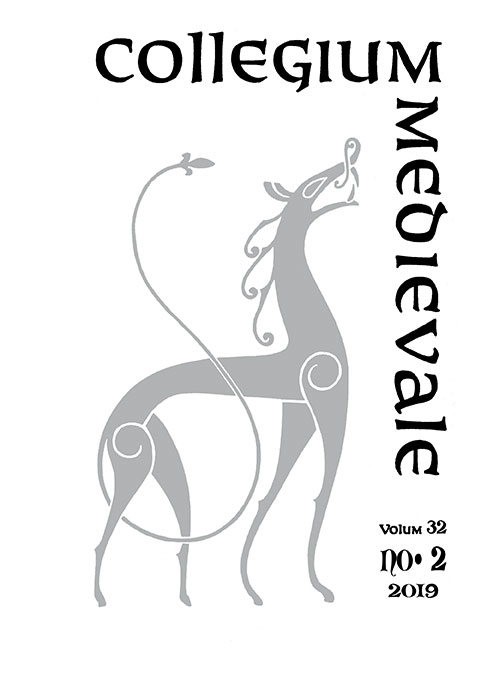Sammendrag
The article deals with the effect of overlapping social networks during the Norwegian "civil wars", c. 1136-1240. Important questions posed are whether the parties were as fixed and the loyalty to the parties as increasing as claimed earlier. The main hypothesis in this article is that the line of enmity in this period was quite blurred. This comes as a result of comprehensive overlaps between the parties, where friendship- and family relationships crisscrossed the party lines. Thereby, the "enemies" appear to be more like contextual opponents rather than categorical enemies. "True" enmity seems only to be found on a constructed or individual level. The networks functioned as a buffer in the conflicts. The activation of these had a great impact by reducing the losses of lives, especially trough the granting of mercy. Therefore, the overlapping social networks served as a conflict reducing mechanism during the period.
Forfattere beholder opphavsretten og gir tidsskriftet rett til første publisering av arbeidet. En Creative Commons-lisens (CC BY-SA 4.0) gir samtidig andre rett til å dele arbeidet med henvisning til arbeidets forfatter og at det først ble publisert i dette tidsskriftet.

